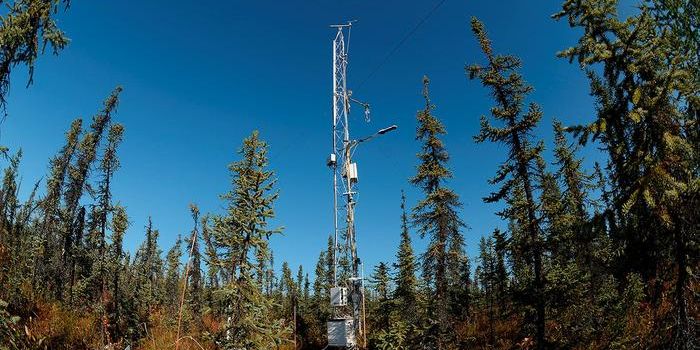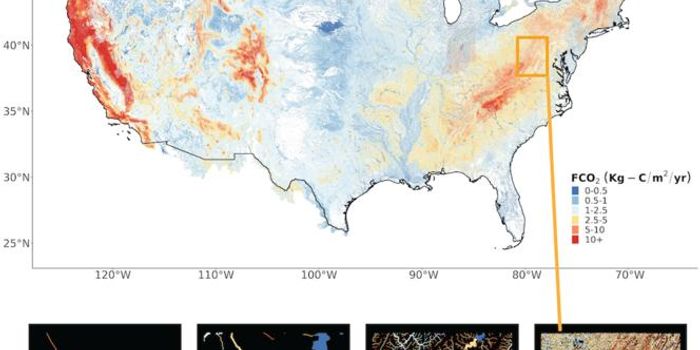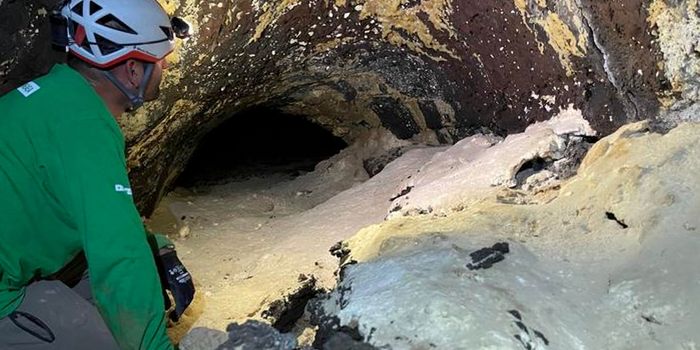Wanna Venture Outside of the Solar System? Try a "Skyhook"
Rocket engines are expensive to build, and their speed and the distance of travel are also limited by their own weight and the fuel they carry. But there's a less known way to travel in space, as suggested by scientists, a method that relies on a super-strong tether string.
First proposed by back in 1960s, Skyhooks are a type of tether-based propulsion system that is designed to send payloads into low Earth orbit cheaply. It could be rotating or non-rotating, but either way, a Skyhook utilizes the physical principle of momentum exchange to achieve space transportation.
Take a rotating Skyhook for example, it has an orbiting station at one end of the tether and a payload on the other. As it rotates, both objects experience continuous acceleration. A longer tether and higher rotation frequency would warrant a faster acceleration.
In February 1996, NASA tested its space shuttle-based tether system during the launch of an Italian satellite. In the early 2000s, a Boeing division received a grant from NASA to investigate the feasibility of different skyhook designs.
Scientists hope that one day, we will able to deploy these tethers, which can spin at high speed, to launch spacecraft and enable traveling within and beyond our solar system.
Source: Kurzgesagt – In a Nutshell via Youtube








